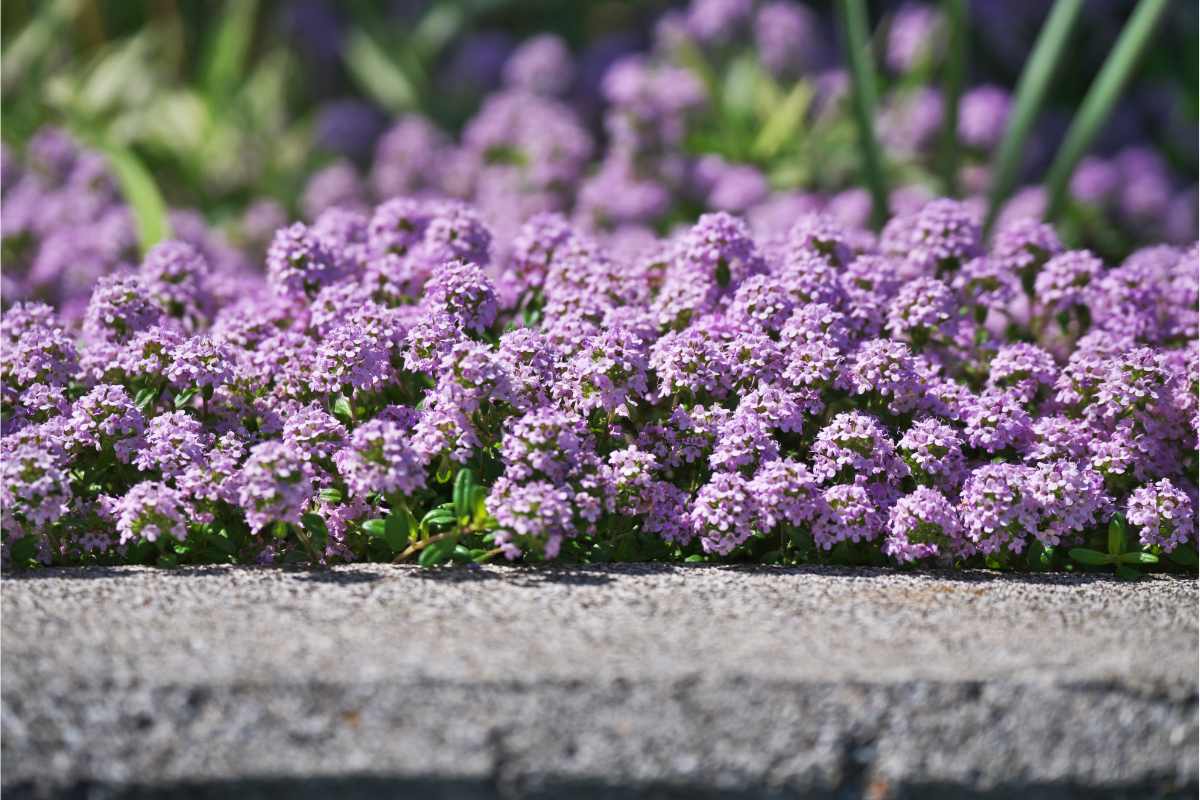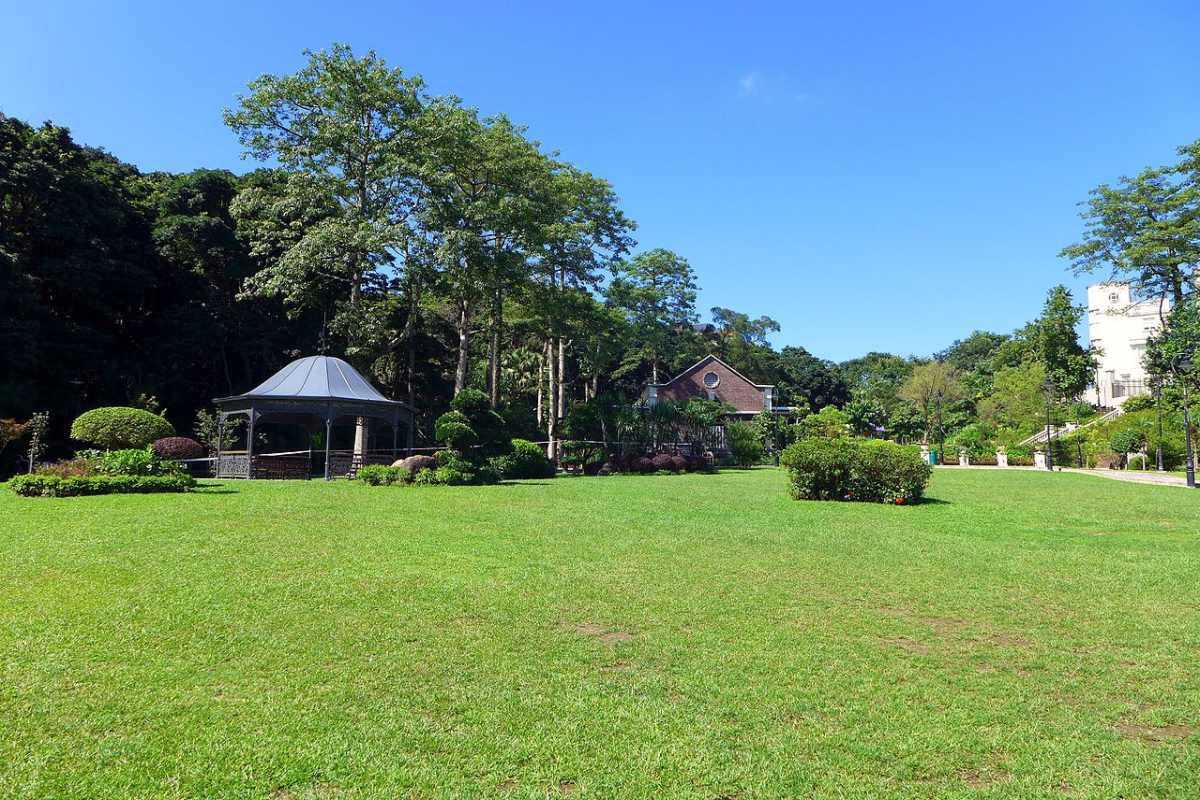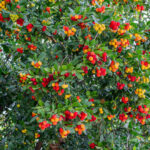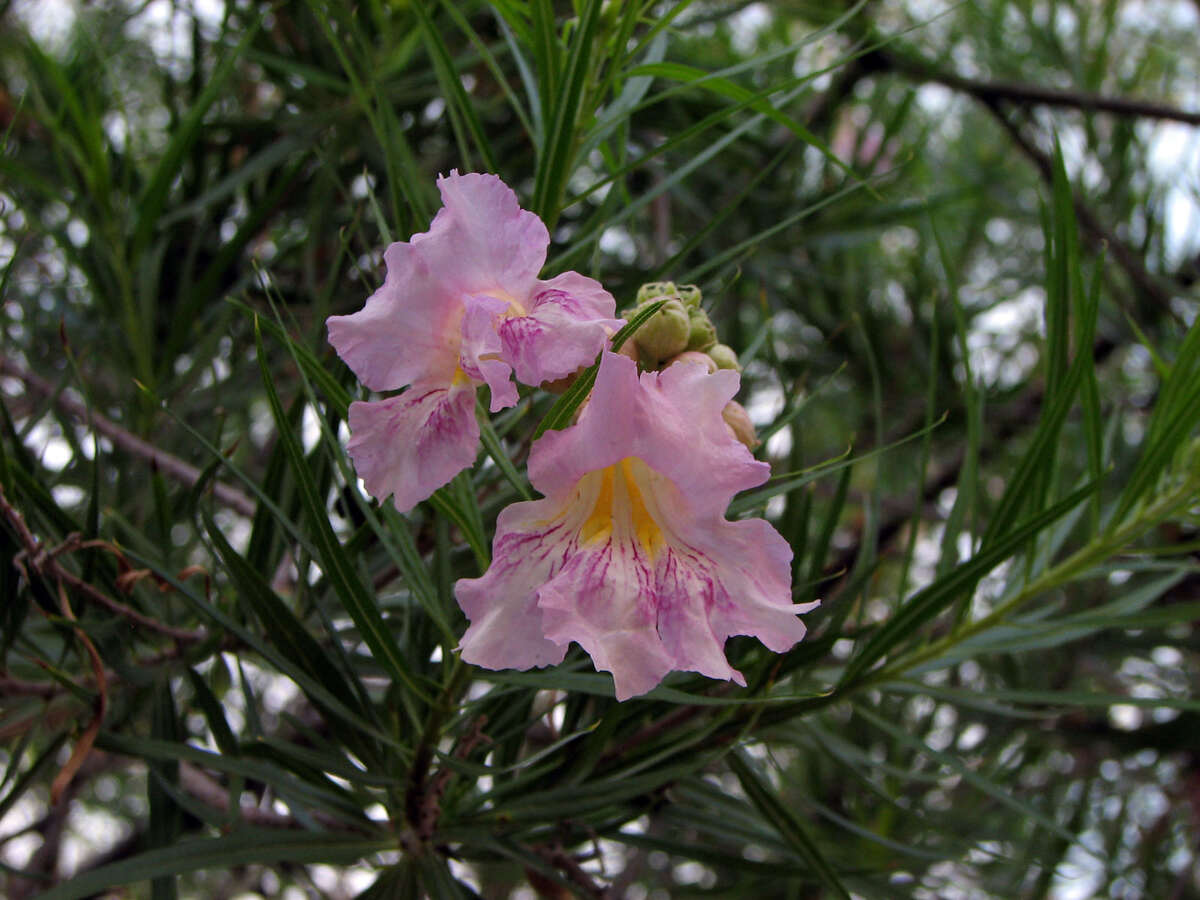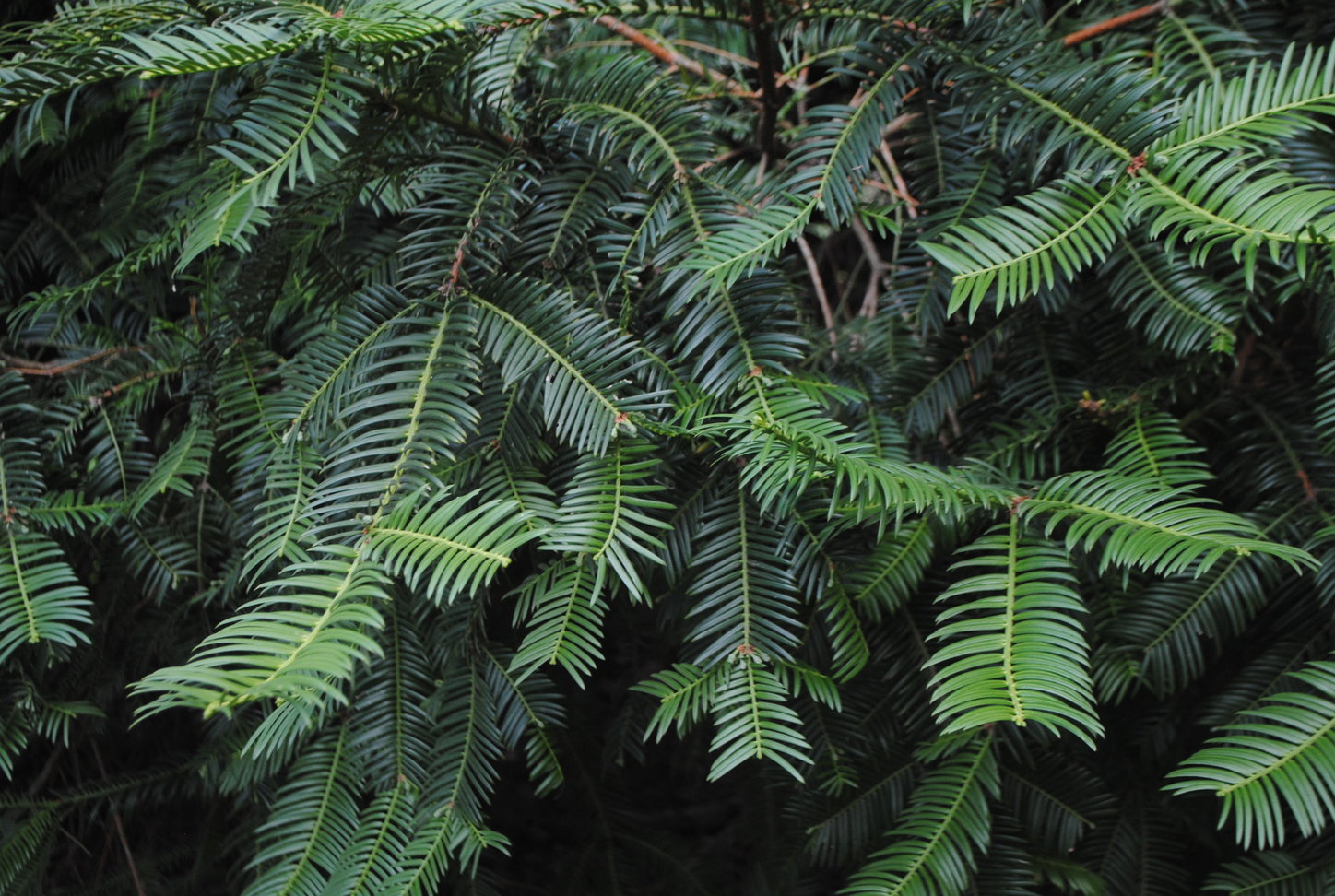
When relocating to Austin from areas up north, it’s tempting to seek out familiar shrubs to complement your new yard. Yew trees, with their dense, deep evergreen foliage, are at the top of the list.
The yews in the Taxus species make handsome hedges and add stately structure north of the Mason Dixon line. But the same yews that thrive up north simply can’t stand up to the heat and drought of Central Texas.
That doesn’t mean you should abandon hope. These are the 2 best yew trees to plant in Austin.
1. Japanese Plum Yew
Similar in appearance to its northern cousins, Japanese plum yew (Cephalotaxus harringtonia) features dark green, feathery leaves year-round. This species (pictured above) is heat-hardy and has earned its place in the Central Texas landscape by displaying reasonable drought tolerance.
The Japanese plum yew provides a handsome contrast to the typical round-leaved evergreens common to Austin. And the new growth on plum yews is bright lime green, contrasting beautifully with the darker old growth.
The plum yew also offers something few other shrubs do: shade tolerance. This particular yew thrives as an understory plant, in either full or partial shade.
The Japanese plum yew comes in several varieties. Some are upright and vase-shaped, and others feature low, spreading forms.
Japanese plum yews need loose, well-drained soil and consistent irrigation while getting established. You’ll also want to provide them with a little extra irrigation during the hottest, driest times of the year.
They’re slow-growing at first but will grow a bit faster if fertilized in the spring. Many people love the mounding shape of the plum yew, but once well-established, they can be pruned to specific shapes or to contain their growth.
Japanese plum yew does not produce true flowers, and the fruits are subtle, fleshy green seeds.
2. Japanese Yew
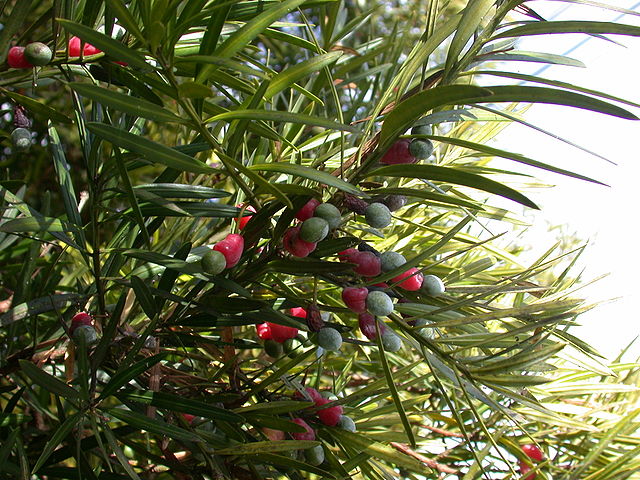
Japanese yew, Podacarpus macrophyllus, is your best bet to stand in for the tall, screening yew hedges northerners enjoy. Thanks to mild Austin winters, podocarpus works well here as a specimen, lawn tree, or hedge.
Unlike the plum yew, a standard podocarpus can grow to a height of 40 feet and can tolerate full sun. And in sharp contrast to the Cephalotaxus species, these shrubs are fast growers and can be shaped as a shrub or tree.
Many florists use yew pine foliage in flower arrangements. The foliage lasts a while when cut, and the leaves hang on longer than most flower arrangements.

This evergreen conifer is sometimes called a yew pine or Buddhist pine. It features soft-textured, shiny, leathery dark green needles that grow in a dense spiral formation.
While comfortable with full sun or part shade, podocarpus will not tolerate alkaline or wet soils. This conifer needs slightly acidic, rich, well-drained soils to thrive. Once established, Japanese yew can withstand drought and heat like any native species.
Japanese yews produce oval, olive-green fruits that ripen to purple in their second year.
University of Florida extension agent Amanda Marek points out podocarpus is the Greek word for “fruit foot.” While they are fruity-looking, Marek cautions, “The fruits are edible … but the seeds are toxic. Leave them to the birds to enjoy instead.”
While the standard podocarpus is tall and fast-growing, you can find slow-growing and dwarf varieties that are more suitable for small spaces and containers.
P. macrophyllus var. Maki is one such variety, growing to a maximum height of 8 feet.
The Pringle’s dwarf variety is even more diminutive, topping out at 5 feet.
How to Care for Young Yews
All yews will take some time to get used to their surroundings. They’ll do best with excellent drainage and some shelter from strong winds.
Texas yews will need consistent irrigation while they’re putting down roots, and once established, during the hottest, driest months.
Plant them in an area that receives some shade, such as along the north or northeast side of a building. This will help the trees maintain soil moisture and get some reprieve from the sun.
Most are pest-free and low maintenance. They’re also deer-resistant, which is a boon to Central Texas residents.
While the northern yews are unsuitable for Central Texas, their Japanese plum yew and Japanese yew substitutes are more than capable of shoring up the gap. Often underutilized in the local landscape, these shrubs are a welcome addition to landscape designs.
Planted and cared for properly, these evergreen beauties can add structure, privacy, color, and texture to your yard.
Hire a Pro to Add Yews to Your Austin Landscape
Considering yew trees in your landscape? Talk to an Austin landscaping expert if you need help selecting plants for your landscape. LawnStarter can connect you with passionate lawn care and landscaping pros with helpful advice.
Main Photo Credit: Fernando Lopez Anido / Wikipedia / CC BY-SA 3.0

